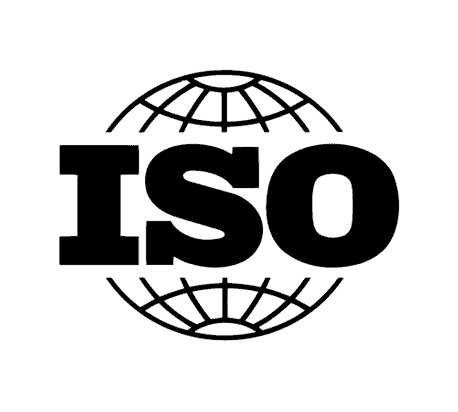
Leadership is an essential factor in achieving organisational success. Effective leadership styles play a crucial role in shaping the actions and behaviours of both leaders and employees. Two of the most widely recognised approaches are transactional and transformational leadership, and the most effective leaders are often able to draw on elements of both to suit the needs of their team and organisation.
What do we mean by transactional leadership?
Transactional leadership is based on a system of rewards and punishments, where leaders use incentives to motivate their employees to achieve specific objectives. This style is characterised by providing incentives for achieving these objectives, thus forming the basis of the “transaction” in this leadership model. Transactional leaders can succeed in crises or in situations where teams are facing time constraints to deliver a project or are working with limited financial resources, such as manufacturing or sales. Some examples of organisations that commonly adopt this leadership style include the military, large corporations and other formal institutions where structure is essential. Microsoft’s co-founder Bill Gates is a well-known example of a transactional leader; he would make visits to newly-formed product teams and pose challenging questions until he was content that the teams were making progress and understood the company’s objective.
How is transformative leadership different?
Transformational leadership is a style in which the leader inspires and motivates their employees to go beyond their individual interests and work towards a common goal. This style is based on the idea that employees will be more committed and engaged if they feel a sense of purpose and belonging. Transformational leadership is best suited for organisations or teams that prioritise employee development as a primary goal, rather than solely focusing on meeting production quotas or sales targets. Apple’s co-founder Steve Jobs is a renowned transformational leader who challenged his employees to think beyond their achievements and strive for more. He motivated them to develop innovative products that would change the world and used leadership to transform the organisational structure and enhance job satisfaction at Apple.
Transformational leaders encourage a work environment in which employees feel safe, supported and empowered. Nowadays, organisations are increasingly recognising the significance of the transformational leadership model, which prioritises the creation of a culture that fosters psychological safety. By enabling such a culture, organisations aim to provide a work environment that promotes employee well-being, engagement and productivity.
Are the two leadership styles mutually exclusive?
Both leadership styles have their strengths and weaknesses.
Transactional leaders tend to use a directive communication style, making it clear what they expect from their workforce and how they will be rewarded or punished for their actions. They make decisions quickly and without input from others, and approach problems with a top-down perspective. However, while transactional leadership is effective for maximising operational efficiency, it may fall short in fostering innovation, creating long-term strategies, and developing employees.
Transformational leaders tend to use a more participative communication style, taking more time to make decisions and encouraging input and collaboration from their employees. Although transformational leadership is best for driving strategic change, it may lack attention to detail as leaders prioritise big picture thinking over daily workflow and processes. It may not be effective in certain stages of business growth, and it may not thrive in a bureaucratic setting. Furthermore, if there is no existing management structure, transformational leadership is not equipped to establish one.
Both leadership styles might be needed in the same organisation to counterbalance each other and help achieve growth and development goals. Combining them can help an organisation achieve a balance between short-term and long-term goals, develop talent, maintain productivity, and foster both stability and change as needed.


So, which leadership style is the best fit for your organisation?
Transactional versus transformational leadership is not a binary of good versus bad or right versus wrong. Rather, these are two distinct and opposing styles of leadership that offer unique advantages and are relevant in different situations; their effectiveness is context-dependent. It’s crucial to acknowledge that what works for one organisation may not be effective for another. The leadership style that works well for Apple might not be suitable for the military, and vice versa. Both types of leaders expect people to demonstrate the same level of performance. The difference lies in their method.
Transactional leaders prioritise immediate results, while transformational leaders prioritise the long-term well-being of employees. A comprehensive understanding of these leadership styles and their potential effects can enable leaders to select the most suitable approach for their organisation and acquire the necessary skills to adjust their style according to different situations and contexts.
At UNLOQ, although we faced hurdles in striking the right balance between the two leadership models, we have successfully crafted solutions that blend the best of both worlds. The result? An unrivaled learning culture that embodies exceptional leadership.
Continue to professionalize and optimize
In addition to the continued development of our UNLOQ Campus coaching platform, we also accelerated the ISO 27001 certification process. This process had already started in 2019 and was aimed at improving our internal processes and increasing the security of customer information. Especially at a time when more and more work is done online and remotely, it is a challenge to ensure maximum confidentiality of information. Obtaining the ISO certificate is not easy; as an organization you have to comply with no less than 166 standards. Thanks to a great team effort, we are happy to share the good news that we have now successfully passed the audit! This makes us one of the few (international) L&D organizations with an ISO-27001 certification.




